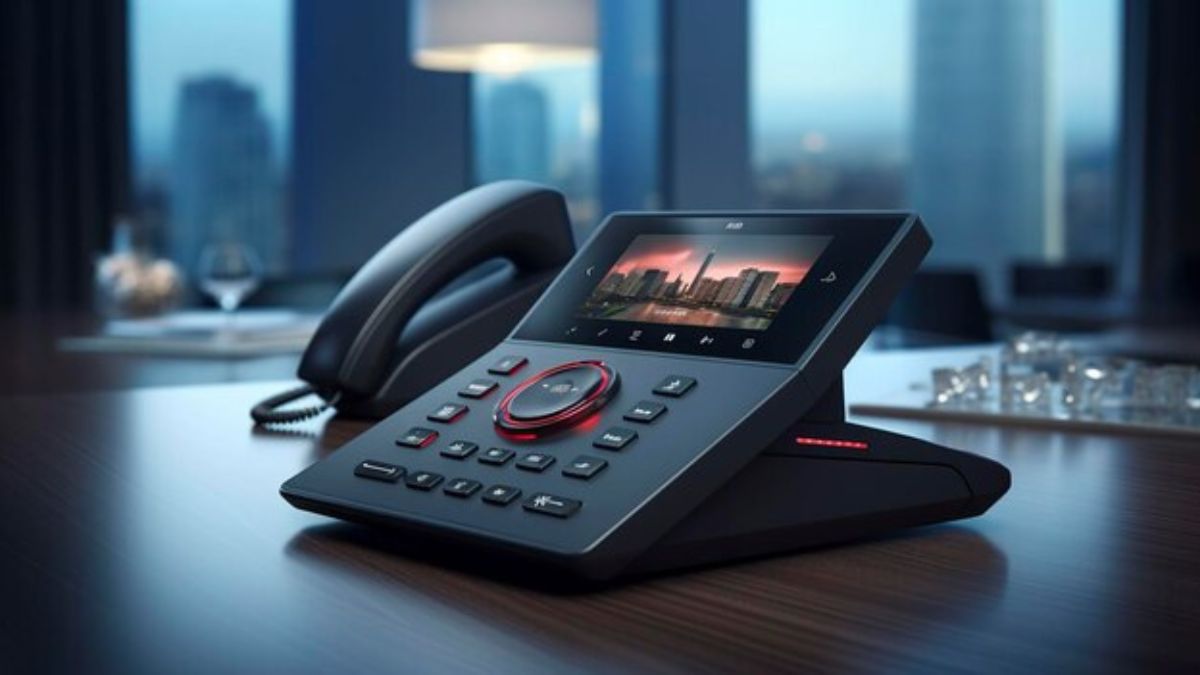Remember the sound of a dial up device nyt modem connecting? That iconic series of beeps and whirs was once the soundtrack to our online adventures. The dial-up device, a relic from the past, played a crucial role in ushering us into the digital age. As we sit comfortably with our high-speed connections today, it’s easy to overlook how far we’ve come. Yet, this humble device still has its place in modern connectivity discussions. Its legacy is not just about nostalgia; it’s about understanding where we’ve been and how it shapes current trends—especially for those in rural areas and developing regions worldwide who may still rely on its capabilities. Let’s dive deep into the fascinating journey of the dial-up device and explore its surprising revival in today’s tech landscape!
History of the dial up device and its role in early internet connectivity
The dial-up device emerged in the late 20th century, becoming a gateway to the early internet. Its introduction marked a significant shift in how individuals connected with one another and accessed information.
Initially, users relied on standard telephone lines to establish connections. A series of beeps and tones characterized this process, signaling that data was being transmitted over these analog lines. It was revolutionary for its time.
As more households acquired computers, demand for connectivity surged. The dial-up device provided an affordable solution for many people eager to explore this new digital frontier. Online services like AOL and Compuserve flourished as they offered instant messaging, email, and chat rooms through dial-up access.
Despite its limitations—slow speeds and frequent disconnections—the dial-up experience fostered a sense of community among early adopters who navigated this uncharted territory together. This technology laid the foundation for what would eventually evolve into today’s fast-paced internet landscape.
The decline of dial up and rise of broadband
As the internet evolved, so did our connection methods. Dial-up was revolutionary in its time, but it had its limitations. Slow speeds and frequent disconnections made it hard to keep up with growing demands.
Then came broadband—a game changer. With much faster speeds and more reliable connections, users began to abandon their old dial-up modems. Streaming videos or playing online games became feasible for the first time.
Providers raced to install infrastructure that supported this new technology. Cities surged ahead while rural areas lagged behind in access.
The shift away from dial-up marked a significant moment in digital history. It reshaped how we consumed content and interacted online, paving the way for today’s high-speed connectivity options we’ve come to rely on daily.
Revival of the dial up device in modern times
The dial-up device is making a surprising comeback. In an era dominated by high-speed internet, some users are turning back to this nostalgic technology.
This revival stems from various factors, including affordability and accessibility. As broadband options remain limited in certain areas, the dial-up device offers a low-cost solution for connecting to the web.
Moreover, many people appreciate its simplicity. With fewer distractions and slower speeds, it encourages a more thoughtful online experience.
Additionally, some niche communities celebrate retro technology as part of their culture. They cherish the unique sounds and processes associated with dialing in.
Today’s advancements also play a role; newer devices enhance compatibility with modern systems while maintaining that classic feel. The dial-up device may be old-fashioned but continues to adapt alongside today’s evolving digital landscape.
Advancements and improvements made to the dial up technology
The dial-up device has seen a surprising evolution. While it may seem outdated, recent advancements have breathed new life into this classic technology.
Modern dial-up connections can now support higher speeds than their predecessors. Innovations in modulation techniques allow for faster data transmission over traditional phone lines. This means that users can enjoy improved connectivity without needing expensive infrastructure changes.
Moreover, enhanced compression algorithms help minimize data usage while maximizing efficiency. As a result, even with limited bandwidth, users experience smoother browsing and quicker downloads.
In addition to speed improvements, security features have also advanced. New encryption methods ensure that data transfers remain protected from prying eyes, making the dial-up option safer for sensitive information.
This revival highlights how older technologies can adapt and thrive alongside contemporary demands. The renewed interest underscores the importance of accessibility in our connected world.
Impact on rural areas and developing countries
The dial up device has emerged as a lifeline for rural areas and developing countries. Many regions still lack access to reliable high-speed internet. For these communities, dial-up offers a feasible solution.
With limited infrastructure investments, the old technology becomes relevant again. It’s inexpensive and requires minimal setup. This accessibility allows individuals to connect with educational resources and government services.
Small businesses can also benefit from this connectivity. They gain the ability to reach customers online, enhancing economic opportunities in underserved markets.
Moreover, social connections flourish when people can communicate through emails or instant messaging. Families separated by distance can maintain relationships despite geographical barriers.
While it may seem outdated in urban settings, the revival of the dial up device is reshaping lives where other options are scarce. It serves as a bridge between tradition and modernity in an ever-evolving digital landscape.
Conclusion:
The dial up device, once a cornerstone of internet connectivity, has seen an intriguing resurgence. Its nostalgic charm offers a unique perspective on our fast-paced digital world.
Today, it serves as a reminder of simpler times in tech evolution. It highlights how far we’ve come and the journey that still lies ahead.
For many, especially in rural regions and developing countries, this technology remains vital. The ability to connect where other options are limited fosters communication and access to information.
As we embrace advancements like 5G and fiber optics, the humble dial up device reminds us that progress can take many forms. Each innovation builds upon what came before it while paving the way for future possibilities.
FAQ’s
What is a dial-up device?
A dial-up device connects to the internet using a standard phone line. It uses modems to convert digital data into analog signals, allowing users to access online content.
Why did dial-up become less popular?
The rise of broadband technology offered faster speeds and more reliable connections. This made it easier for people to stream videos, play games, and use high-bandwidth applications.
Are there any advantages left for using a dial-up connection?
Yes, some rural areas or regions with limited internet infrastructure rely on dial-up as an affordable option. It can also be useful when backup connections are needed during outages.











